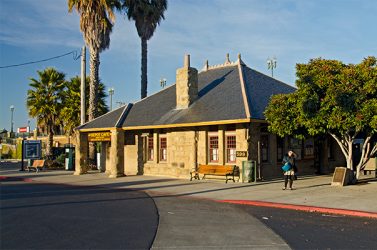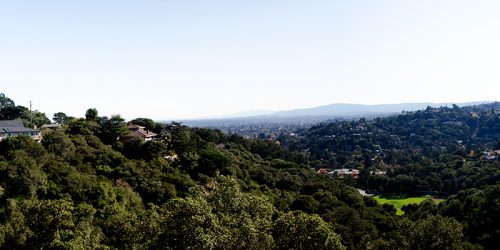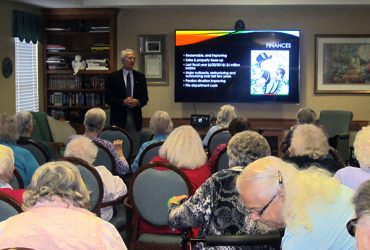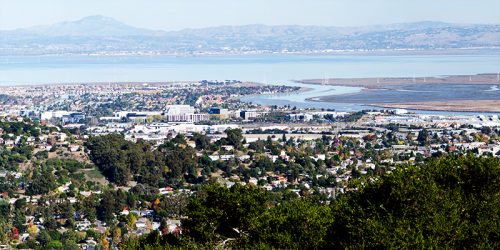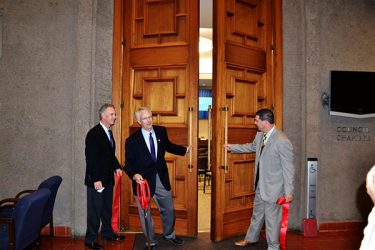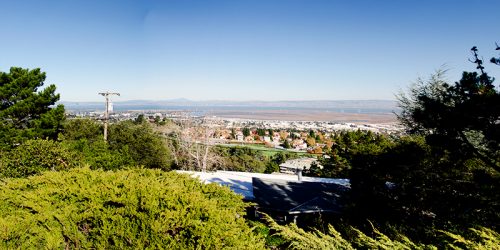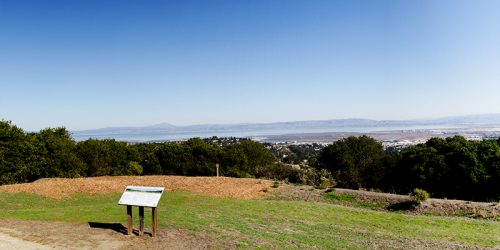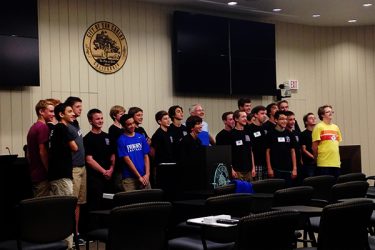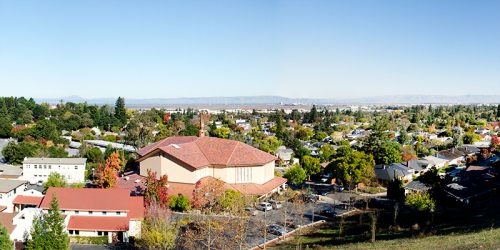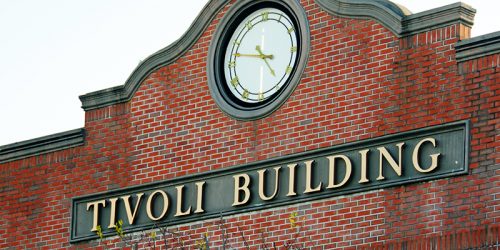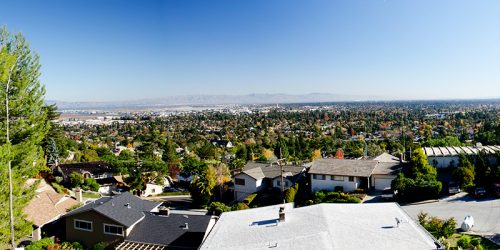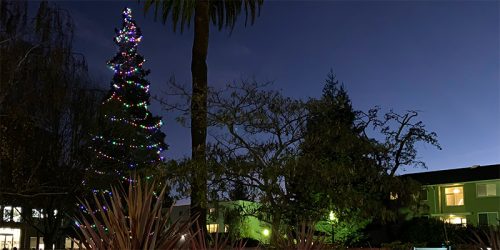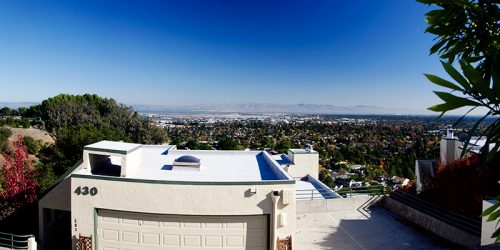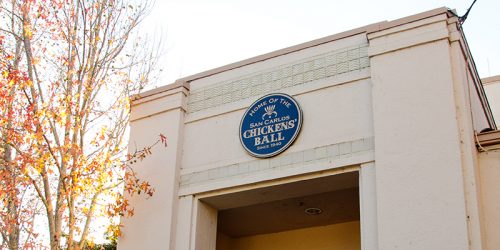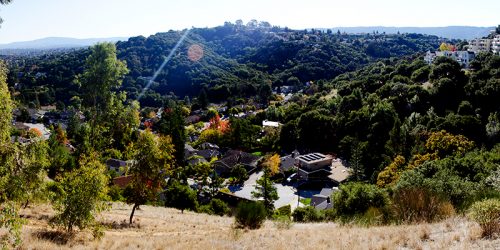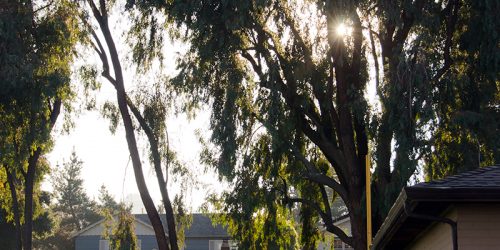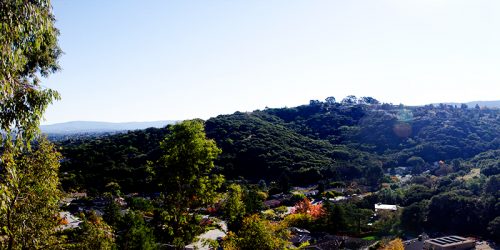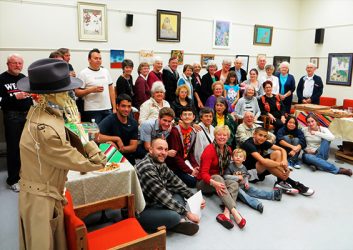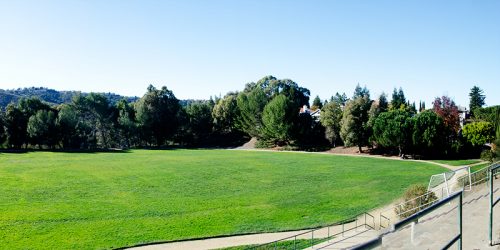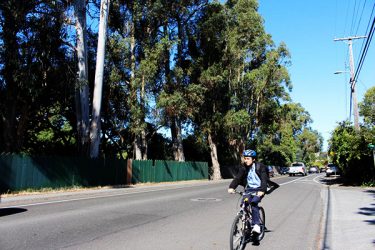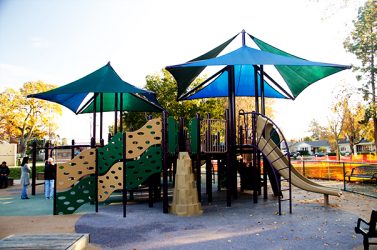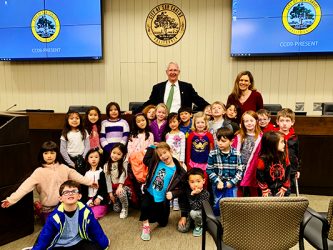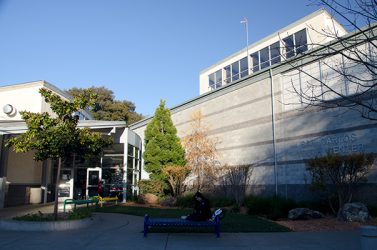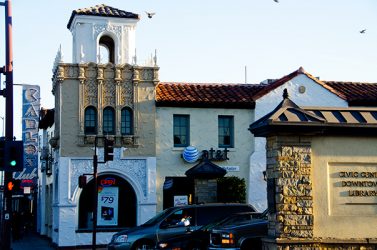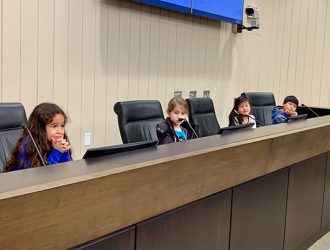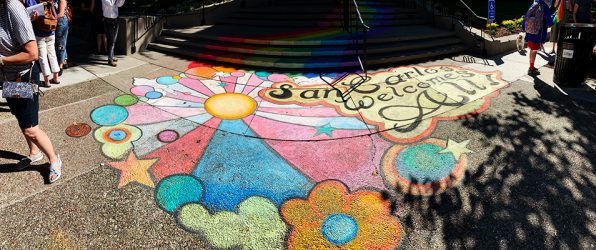This is a lightly-edited version of an op ed I wrote which was published in the San Mateo Daily Journal on Friday, April 12, 2019. You can find the Daily Journal item here.
I recently attended the San Carlos Planning Commission meeting where the Environmental Impact Report process for a 68 townhouse development on the old Black Mountain Water Company site was launched. After the EIR process is complete, the Commission will review the project proposal itself, and decide whether to approve it.
In listening to comments by residents I realized there are some misunderstandings about how the process works and, more importantly, why it works the way it does.
I think the biggest source of confusion stems from the belief that, in a democracy, the community ought to be able to decide whether it wants any given development project, and in what form. The reality is different, and for a very important reason: to preserve liberty.
Communities do get to set rules governing what can be built where within their boundaries. While those rules must abide by State and Federal laws, there is quite a bit of flexibility at the local level.
But once the rules are set, and until they are changed, they are binding upon the community. Project approvals are not transactional. Communities don’t get to decide, on a case by case basis, which projects they want.
Instead, if a proposed project complies with the rules, it can and must be approved, although conditions may be attached. It’s what’s called a “development by right”. Failure to do so exposes the community to being sued, a suit it would almost certainly lose, and then not only have to pay damages and court costs but end up with the project being built anyway.
This sounds, and is, rather undemocratic.
But that’s because our system of government is not a pure democracy. It is a representative constitutional democracy, and those other two words substantially modify how it operates. In this case the constitutional aspect protects members of the community from arbitrary acts by the majority, however well-intentioned. We can require you to prove you’re compliant with community rules – that’s what the project review process is for – but, once that’s established, you’re good to go.
That principle was adopted because it’s the best way found yet to preserve as much individual liberty as we can. But, like anything, it involves trade-offs that people may not like. One of those is that it’s extremely difficult for a “by right” project to be blocked by retroactively changing the rules.
There’s a similar situation involving EIRs. Most people see the EIR process as a way, potentially, to block a project that can be shown to have environmental impacts.
But while that can occur, the law is actually focused on identifying environmental impacts and getting them addressed. That’s why EIR studies almost always end up talking about mitigations: what can be done to reduce or eliminate negative environmental impacts?
Having negative impacts is almost inevitable, but it’s not, in and of itself, grounds for stopping a project. Instead, the project sponsor must address the significant (“material”) ones identified by an objective review of the project’s impacts. If they cannot find a cost-effective way to do so they may choose to abandon the project. But that’s relatively uncommon, particularly when dealing with something in short supply and great demand, like housing on the Peninsula.
None of this is intended to dissuade people from engaging city hall in discussions about specific projects. For one thing, that helps ensure a proposal complies with our rules, and that’s important.
But my sense is at least some San Carlans want more than that. Focusing on what’s coming next, rather than what’s currently up for approval, might be a more effective approach.
For example, San Carlos will likely face, in the next few years, a significant amount of new commercial development. Deciding how we want to govern that will make this a pivotal moment in our history. Getting, and staying, engaged in that discussion will better shape the future we pass on to those who come after us.
If you’re interested in more on this subject you might enjoy my recent State of the City address, available online at the San Carlos Chamber of Commerce website.
